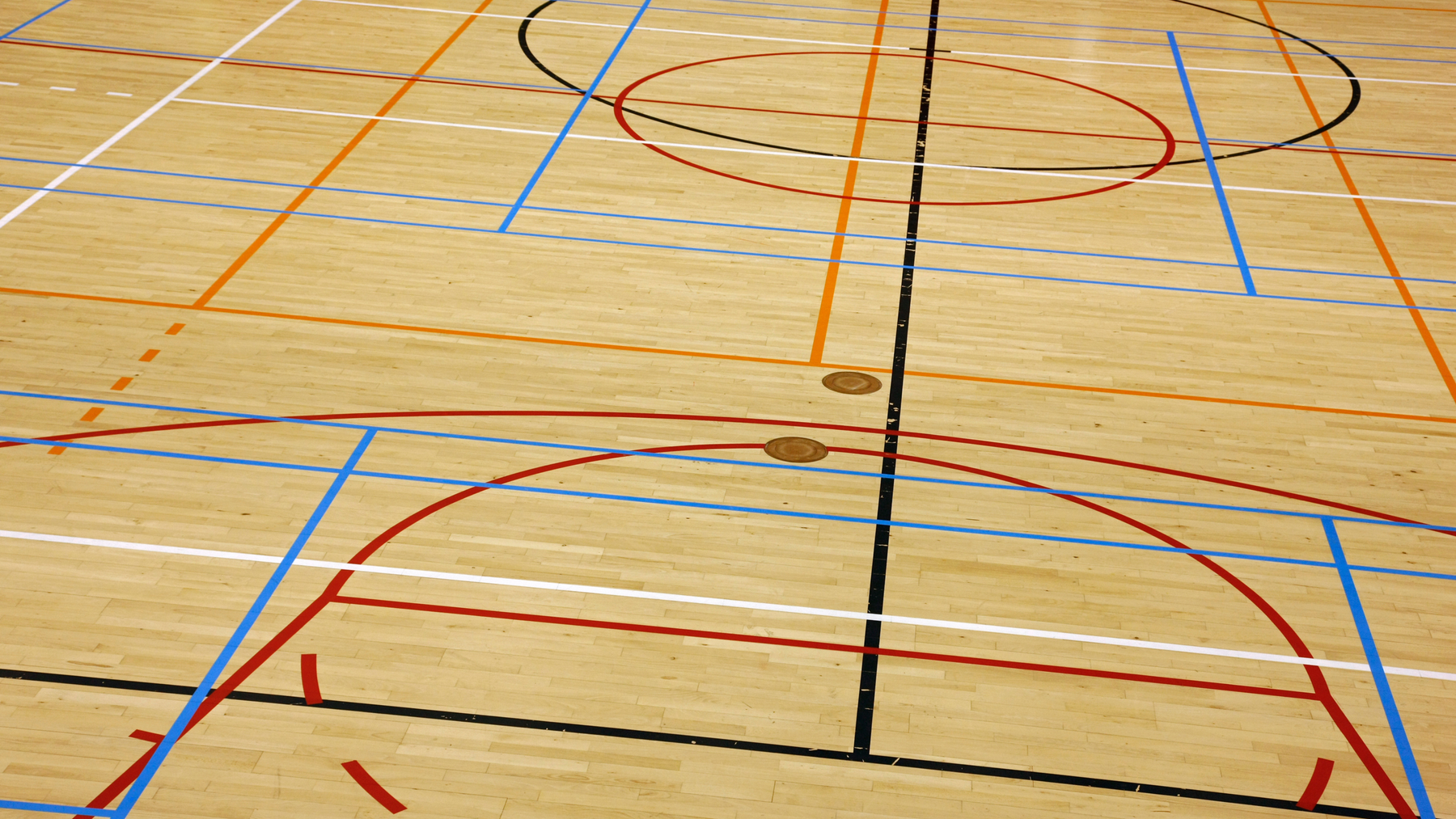
Pickleball: A New Revenue Stream for Basketball Stadiums
The athletic landscape is witnessing a quiet revolution as pickleball, a sport that boasts a whimsical name, emerges as a powerhouse in the realm of recreational activities. Garnering over 4.8 million participants and witnessing an astounding 39.3% growth in the last two years, pickleball is enjoying the limelight as one of the fastest-growing sport.
The Emergence of Pickleball
Conceived in 1965 in Washington, pickleball is a hybrid sport that has evolved from a backyard family game to a structured sport with professional tours, network TV coverage, and burgeoning economic prospects. This growth is not limited to the players but extends to enthusiasts who have parlayed their passion into profitable ventures, from personal branding to training camps and gear sponsorships.
Basketball Stadiums and Pickleball
Recognizing the potential, basketball stadiums are beginning to repurpose their spaces to host pickleball events. For example, the San Antonio Spurs capitalized on this trend by hosting a pickleball fan event in Austin, signaling basketball arenas as emerging multi-use facilities and community hubs. These events not only promote sports diversity but also support broader community initiatives, demonstrating a valuable synergy between professional sports franchises and the grassroots growth of pickleball.
Multi-Use Facility Adaptations
Basketball arenas, with their vast indoor spaces, are ideal for adaptation into pickleball courts. The RECS indoor pickleball center in Oregon exemplifies this trend by transforming former soccer fields into courts that cater to a broad demographic. This adaptability not only enhances the facility's usability but also taps into an eager market of active retirees and other demographics that seek daytime recreational activities.
Economic Benefits for Stadiums and Communities
Integrating pickleball into basketball stadiums presents an attractive economic proposition. By diversifying their use, these stadiums can create new revenue streams while fostering a sense of community. The increase in patronage, combined with the sport's accessibility, positions pickleball as a catalyst for community and economic development.
Strategies for Implementation
For basketball stadiums looking to incorporate pickleball, strategies include logistical planning, marketing to different demographics, and establishing community partnerships. By maximizing the use of their facilities, stadiums can create a schedule that accommodates both basketball and pickleball, ensuring consistent use and revenue.
Pickleball is not just a fad but a burgeoning sport with the potential to offer significant new revenue streams for basketball stadiums. As the sport continues to grow, it promises to become an integral part of the American sports landscape, offering opportunities for community engagement and business growth.

